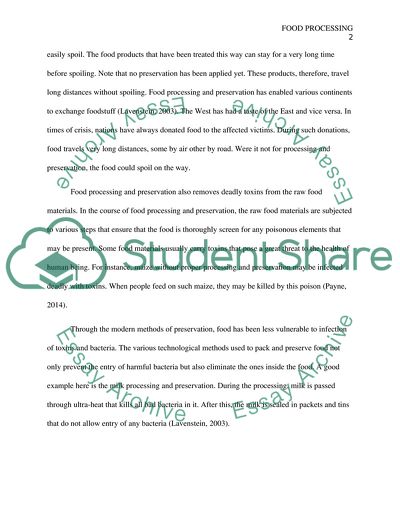Cite this document
(“Food processing and nutrition Essay Example | Topics and Well Written Essays - 2000 words”, n.d.)
Retrieved from https://studentshare.org/family-consumer-science/1696093-food-processing-and-nutrition
Retrieved from https://studentshare.org/family-consumer-science/1696093-food-processing-and-nutrition
(Food Processing and Nutrition Essay Example | Topics and Well Written Essays - 2000 Words)
https://studentshare.org/family-consumer-science/1696093-food-processing-and-nutrition.
https://studentshare.org/family-consumer-science/1696093-food-processing-and-nutrition.
“Food Processing and Nutrition Essay Example | Topics and Well Written Essays - 2000 Words”, n.d. https://studentshare.org/family-consumer-science/1696093-food-processing-and-nutrition.


